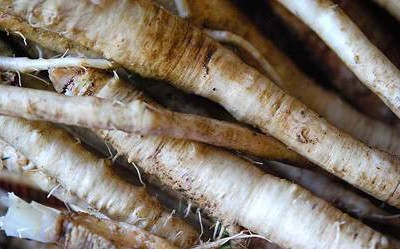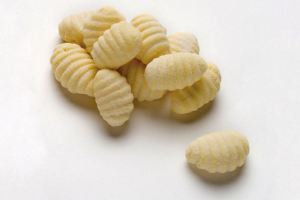
IS SOY SAUCE PALEO?
The Paleo List Answers:IS SOY SAUCE PALEO?
As a beloved condiment across several continents, soy sauce seems relatively harmless at first glance. It is often used to enhance flavor in many exclusionary diets. Remember the old fad diets where you’d minimize or eliminate things like salt and oil, but soy sauce was almost always allowed. Why is that? More importantly, is it Paleo?

What is Soy Sauce?
Let’s dissect this deliciously salty sauce. Soy sauce is a thin, dark sauce made by pressing the liquid from fermented soybean paste. The main ingredients in soy sauce are soy, salt, and water. Traditionally, soy sauce was made by mixing soy paste with grains and some sort of bacteria such as Aspergillus oryzae to help the fermentation process. It took several months to make this sauce, and it was often treated like a fine wine.

Non-traditionally, soy sauces are made using a form of hydrolysis. Hydrolysis is much cheaper, faster, and more common at your local Chinese restaurant. The hydrolyzed form has a longer shelf life, but the trade-off is a different taste and texture. Both commonly use sodium benzoate as a preservative.
Is Soy Sauce Paleo?
If you’ve been eating Paleo for any amount of time, I’m sure you already know the answer. No, soy sauce is not Paleo. Legumes aren’t Paleo since they’re not edible when raw (in fact, they are toxic when raw). The wheat or barley added during the fermentation process are also not Paleo friendly. Want to make your own soy sauce replacement? Try this:
1 1/2 cups fish broth
4 tsp balsamic vinegar
1 tsp dark molasses
1/4 tsp ground ginger
1/4 tsp garlic powder
1/2 tsp sea salt
fresh ground pepper to taste
Are you struggling with which foods are Paleo? Do you need help planning some Paleo meals? Check out this great Paleo cookbook:




